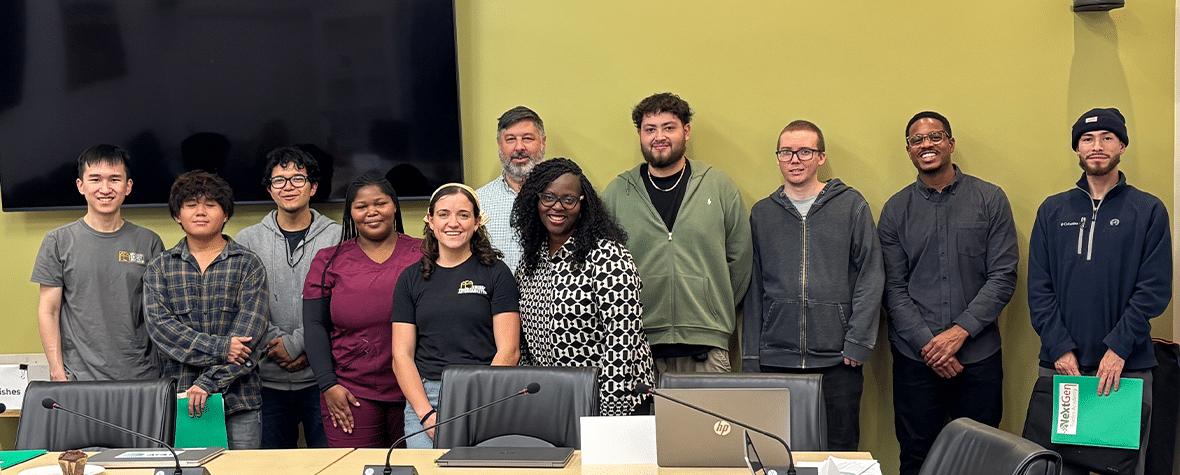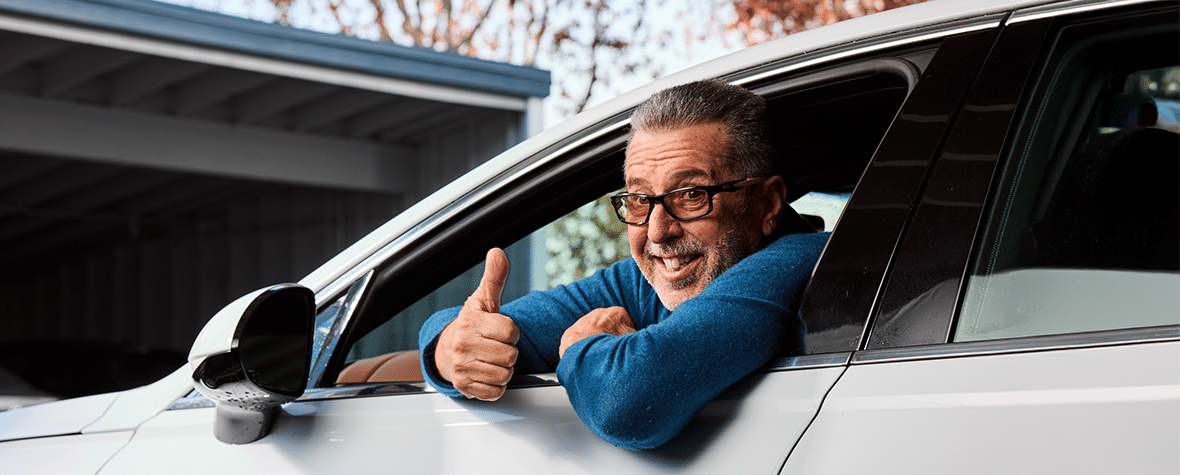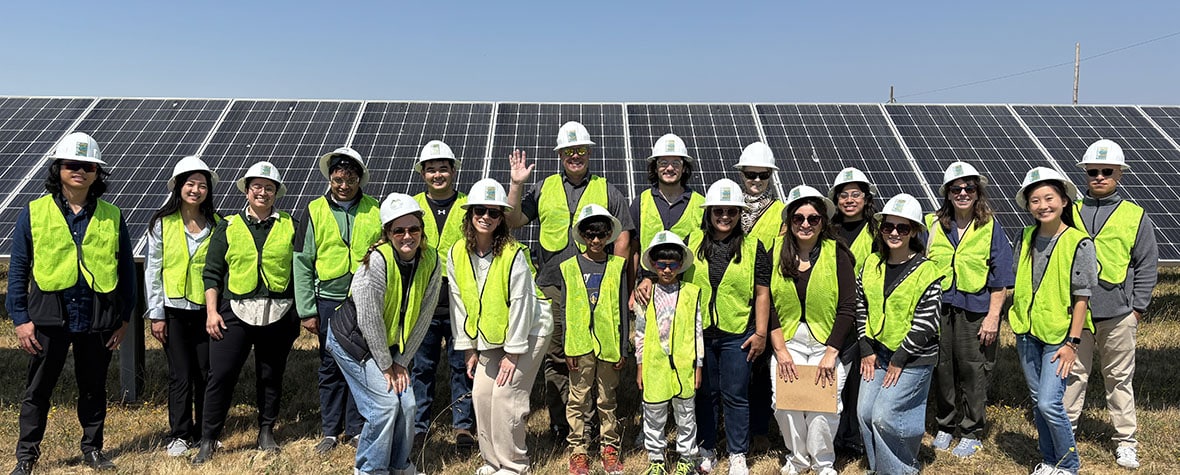Con la bajada de los precios y el aumento de los incentivos, los vehículos eléctricos (VE) se están convirtiendo en una opción cada vez más atractiva para los conductores habituales. Los VE pueden ayudarle a ahorrar dinero en gasolina y reparaciones, al tiempo que ayudan al medio ambiente. Si has decidido cambiar, aquí tienes tres pasos para una transición sin problemas.
1. Decida qué modelo le conviene.
Los dos tipos básicos de VE son los VE de batería (BEV), que funcionan únicamente con electricidad, y los VE híbridos enchufables (PHEV), que funcionan con electricidad y utilizan gasolina como reserva. Los modelos actuales de VE incluyen berlinas, cupés, SUV, utilitarios y crossovers. En los próximos dos años también se esperan modelos de monovolúmenes y camiones eléctricos. Este Calculadora de ahorro EV compara modelos para ayudarte a encontrar un vehículo que se adapte a tu presupuesto y estilo de vida.
2. Busca opciones de recarga.
Puede cargar su VE en casa con carga de Nivel 1 en cualquier enchufe estándar, o puede cambiar a un enchufe de 240 voltios (que utilizan la mayoría de los electrodomésticos grandes, como hornos y secadoras) para una carga de Nivel 2 más rápida. Si no puede cargar en casa, busque una de las más de 400 estaciones públicas de carga de VE en toda el área de servicio de MCE. Para obtener más información sobre los diferentes tipos de carga disponibles en el hogar, consulte nuestra reciente entrada de blog, Respuestas a 8 preguntas frecuentes sobre la carga de vehículos eléctricos en casa.
3. Consulta los incentivos disponibles.
Una variedad de Programas de incentivos para vehículos eléctricos puede ayudarle a reducir el coste inicial de la compra o el alquiler. Drive Clean Bay Area ofrece incentivos y recursos para cambiar a un VE. Su programa de precios preferentes está abierto hasta el 5 de diciembre y ofrece grandes descuentos en vehículos eléctricos, además de las rebajas del Gobierno.
MCE también ofrece incentivos a los clientes con ingresos cualificados.
Pasarse a un VE es más fácil de lo que parece. Esperamos que estos pasos te ayuden a emprender el camino hacia un futuro sin emisiones.




